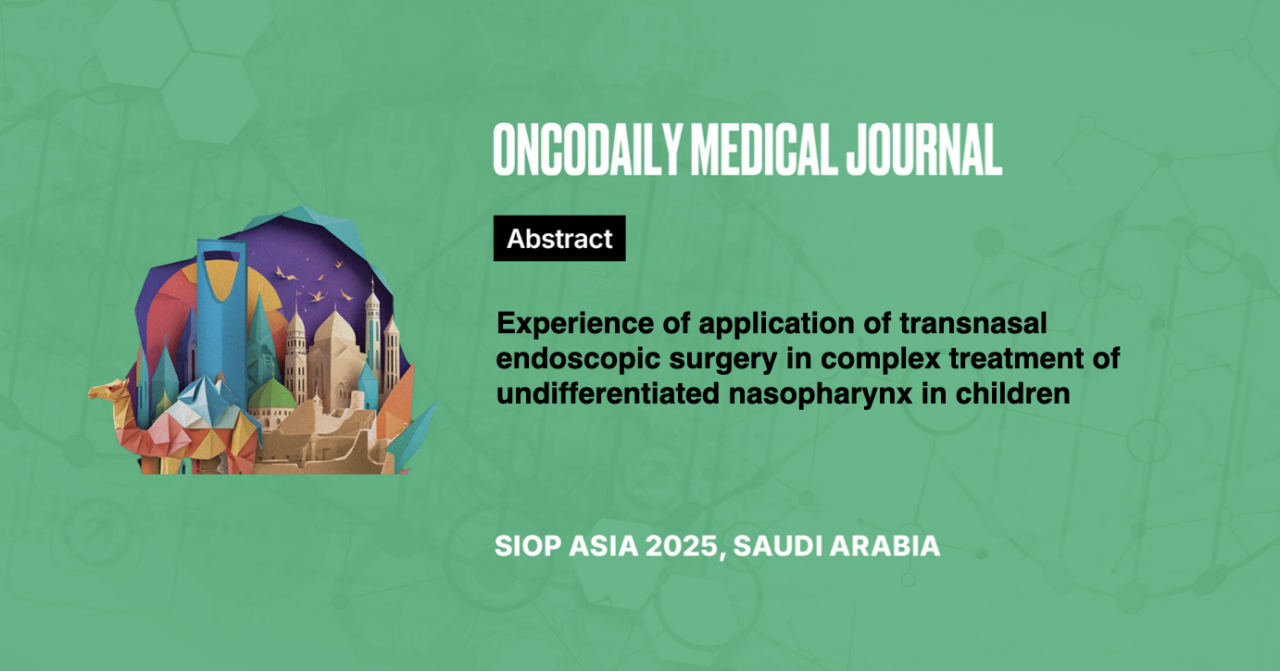Experience of application of transnasal endoscopic surgery in complex treatment of undifferentiated nasopharynx in children
Abstract
Introduction: The experience of surgical interventions in children with nasopharyngeal cancer is limited and presented with small non-randomized research as well as individual clinical observations. Surgical treatment planning strategy is based on the prevalence of tumor process, attachment to vital structures, age-related anthropometric features.Objective is to report the experience of application of transnasal endoscopic surgery in children with undifferentiated nasopharyngeal cancer for the period from 2017 to 2023.
Methodology: The study included 35 children aged 4 to 18 years with a diagnosis of undifferentiated nasal cancer, who were treated at the N.N. Blokhin National Medical Research Center of Oncology. The median age was 14 years. Magnetic resonance imaging (MRI) and computer tomography (CT) of the base of the skull and paraplegic sinus (ONP) with intravenous contrast were performed for all patients. Localization of the tumor in more than two anatomical zones was observed in all patients, spread to the nasal cavity and nasal cavity – in 17% of cases, winged pit – in 12%, winged pit – 10%. Patients with IVA stage of the disease were predominant. Metastatic lesions of the lymph nodes of the neck were found in 33 (94.2%) patients. Intracranial tumor distribution was established in 11 (31.4%) patients. The surgical treatment was performed with a 4-millimeter 0 degree endoscope (Karl Storz GmbH & Co. KG, Tuttlingen, Germany).
Results: In all patients the diagnosis was verified based on histological and immunohistochemical studies. The material was obtained as a result of a nasal tumor biopsy in 12 (34%) cases, lymph nodes biopsy in 8 (22.8%) cases, including an endoscopic transnasal biopsy of nasopharynx in 12 (34%) cases. After completion of the consolidation stage of chemotherapy 12 (34%) patients underwent endoscopic transnasal tumor removal (“second look” operation). Endonasal access is used in all cases. Tumor removal within R0 boundaries was observed in 14 (82%) children. In all these cases, total necrosis and tumor fibrosis have been established.
Conclusion: Endoscopic surgery reduces tissue damage, avoids cosmetic defects, reduces hospital stay. The five-year overall survival rate in a group of patients who have been given chemo-radiation therapy and the removal of a nasopharyngeal tumor is 83%.





